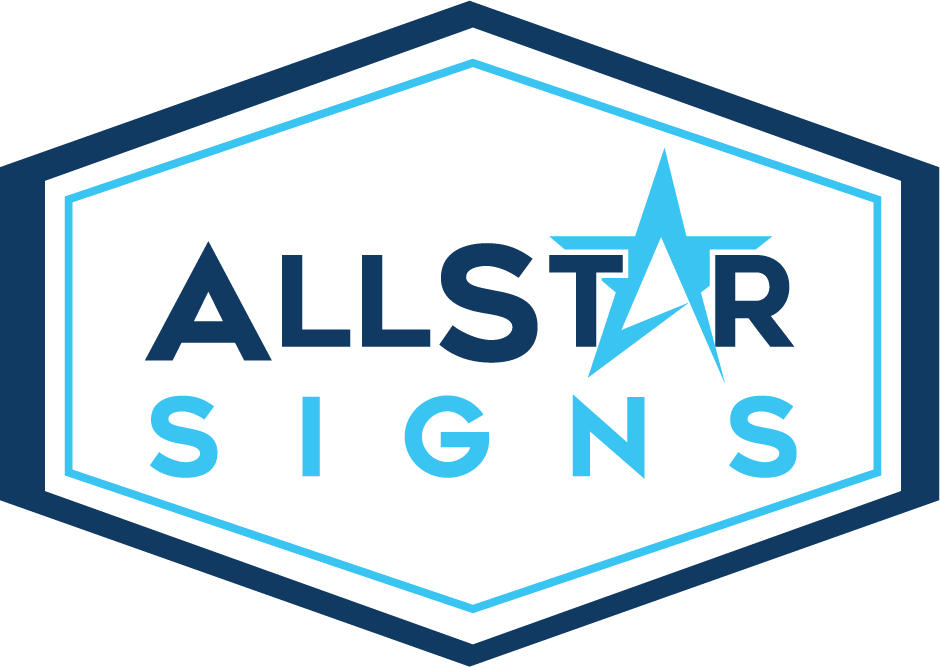It should come as no surprise that the way letters look will influence how effective they are for their purpose. For instance, when marking where the restrooms are located, few will be impressed by a new, cutting-edge font. Instead, a bold and easily read font will do much better. On the other hand, using a simple, bold font might not be interesting enough to represent a full brand, though readability is still a major factor.
Finding a balance can be difficult. In fact, when planning a logo or create new stationary or a new sign, it can pay to switch out the font selection to see how it changes the feel of the design. Choosing a more decorated font or a subtler font can make the design look like completely different companies. To select a type face that truly reflects your company, it pays off to understand the different types of fonts before trying to pick the right one.

Serif Fonts
In typography, a serif font has a serif attached to the end of a stroke in the letter or the symbol. A serif is simply a small line. These fonts are used widely in body text. This is because it was considered easier to read than its sans-serif counterpart. However, there is little scientific data to support this idea. They are still the most used for books, newspapers and magazines.
Sans Serif Fonts
“Sans” comes from the French word for “without.” A sans serif font is simply a font that does not use serifs. These are most often used for headlines or standout titles in print since they have a clean and simple appearance. Because of this, they are the most common option in most signage, especially channel letter signs.
Script Fonts
Not every font falls into serif and sans serif. Instead, there are more decorative fonts that typically appear to be handwritten. This is a difficult font type to use as it can either add a level of elegance or intrigue, or it can ruin an otherwise clean design. Using these fonts sparingly and for a specific effect is a good rule of thumb.
Do’s and Don’ts
When selecting a font for a sign, do use contrasting fonts for effect, use script fonts sparingly and match concordant fonts. Don’t use fonts that are too similar, use all uppercase with a script font or use more than two or three fonts in your design.
Need help getting started? Contact us today for an easy consultation.
